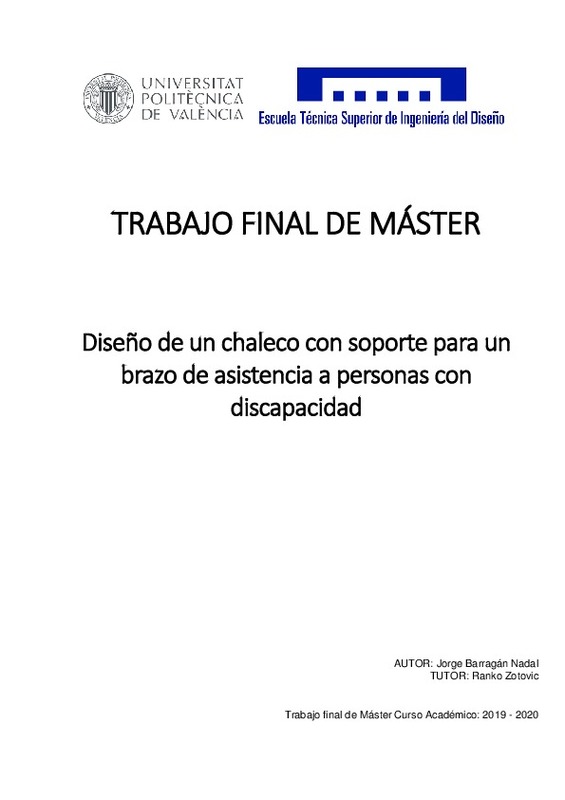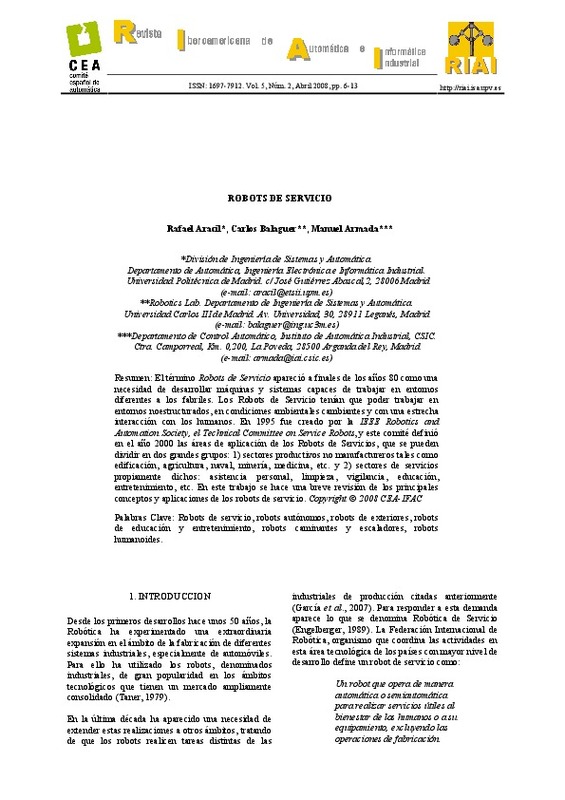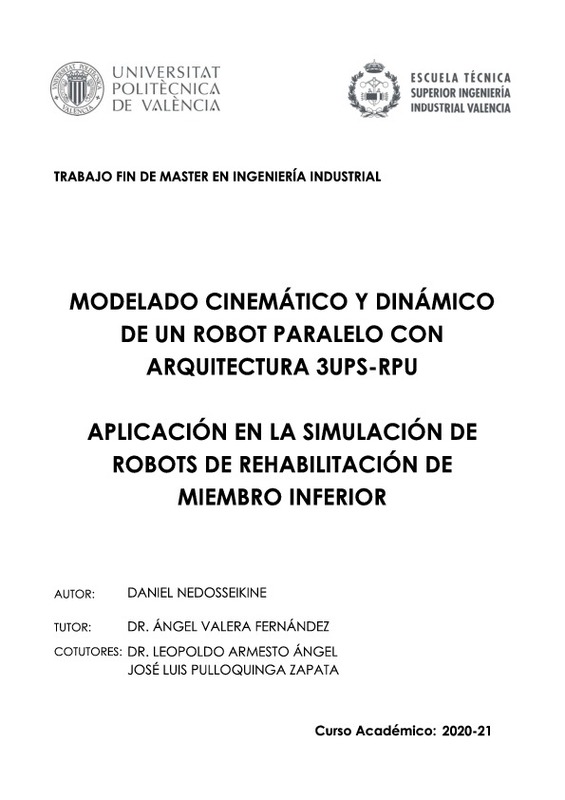JavaScript is disabled for your browser. Some features of this site may not work without it.
Buscar en RiuNet
Listar
Mi cuenta
Estadísticas
Ayuda RiuNet
Admin. UPV
Diseño de un chaleco con soporte para un brazo de asistencia a personas con discapacidad
Mostrar el registro completo del ítem
Barragán Nadal, J. (2020). Diseño de un chaleco con soporte para un brazo de asistencia a personas con discapacidad. Universitat Politècnica de València. http://hdl.handle.net/10251/153274
Por favor, use este identificador para citar o enlazar este ítem: http://hdl.handle.net/10251/153274
Ficheros en el ítem
Metadatos del ítem
| Título: | Diseño de un chaleco con soporte para un brazo de asistencia a personas con discapacidad | |||
| Autor: | Barragán Nadal, Jorge | |||
| Director(es): | ||||
| Entidad UPV: |
|
|||
| Fecha acto/lectura: |
|
|||
| Resumen: |
[ES] Este trabajo es la continuación de un TFM previo, realizado por el masterando José Mulet, en el que se diseñó un brazo robot portátil para asistencia a discapacitados.
La función del brazo robótico es la asistencia ...[+]
[EN] Due to the master thesis written by José Antonio Mulet Alberola, in which he designed and
built a robot arm for disabled people, the project coordinator Ranko Zotovic gave me the
opportunity to design a support to ...[+]
|
|||
| Palabras clave: |
|
|||
| Derechos de uso: | Reserva de todos los derechos | |||
| Editorial: |
|
|||
| Titulación: |
|
|||
| Tipo: |
|
recommendations
Este ítem aparece en la(s) siguiente(s) colección(ones)
-
ETSID - Trabajos académicos [8906]
Escuela Técnica Superior de Ingeniería del Diseño










